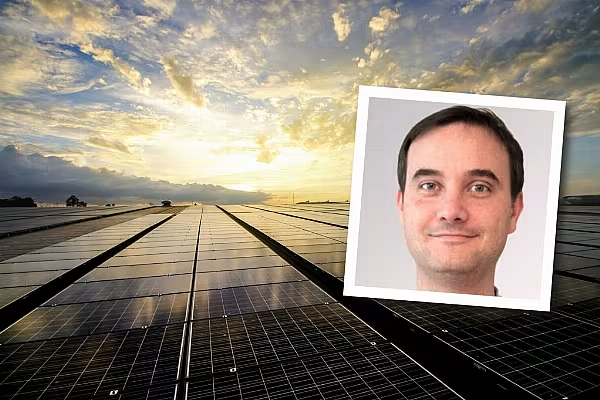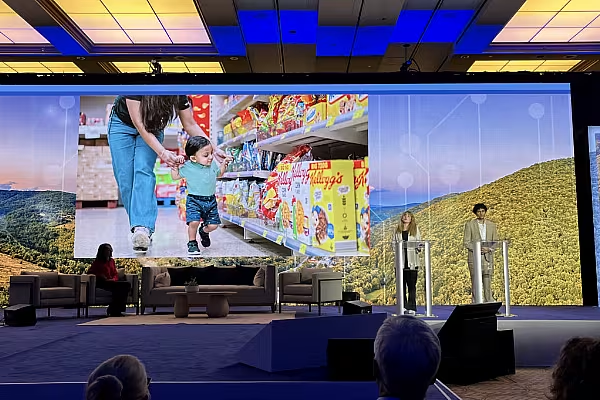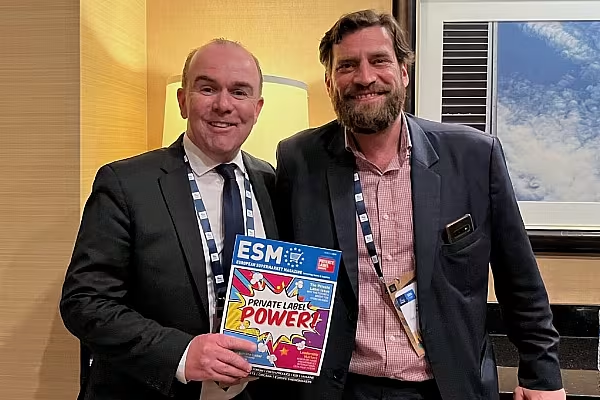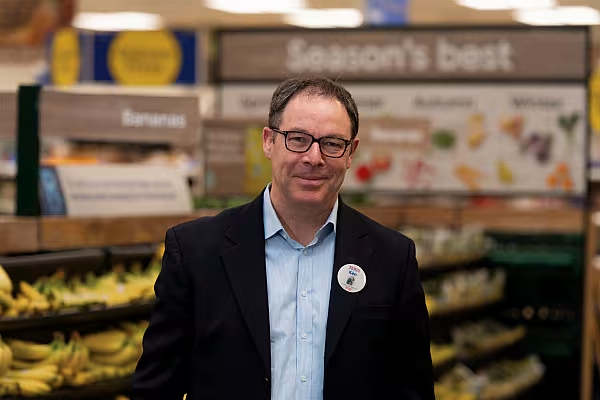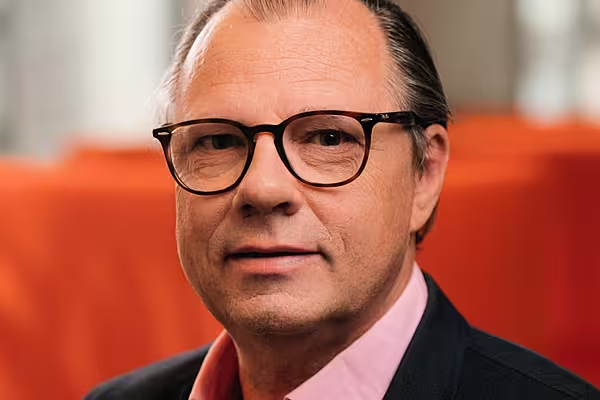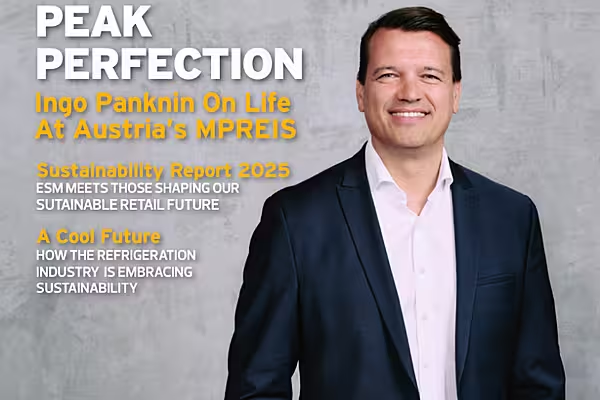Decarbonisation and the race to net zero isn’t just a 'nice to have' any more, it’s becoming a business imperative. But with the clock ticking, and an increasingly mobilised consumer base demanding actions, it can seem a daunting prospect for many firms.
At the recent Consumer Goods Forum Global Summit in Chicago, ENGIE Impact, the ESG consultancy division of French utilities provider ENGIE, hosted a seminar on how businesses can implement portfolio-wide decarbonisation plans with adequate funding, leveraging available incentives and as-a-service methodologies.
ESM caught up with Stéphane Rapoport, managing director of ENGIE Impact, to chat about the decarbonisation challenges facing businesses in the retail and CPG space.
ESM: Decarbonisation is so broad and involves so many different stakeholders in an organisation that it can seem daunting. In terms of what ENGIE is saying about decarbonisation and the process involved, what would you say is the first step for a consumer goods company in terms of taking that journey?
Stéphane Rapoport: We have seen an exponential number of organisations in the sector committing to decarbonisation targets to 2030 and beyond.
At the same time, what we see, and especially in recent years, is that the number of companies that say that they are on track with the target is very low – only one-third of companies consider that they are on track or meeting the target that they have set.
Also, in terms of barriers as to why this is happening, over the course of the last two years, the cost element of it has become one of the main barriers that companies are seeing.
About 50% of organisations expect that due to the new economic context they will need to slow down the plans that they have.
On the positive side, what we see in terms of money flow is that investors are looking for investment projects that are sustainable, because banks and lenders in general have commitments to invest into sustainable and decarbonisation solutions. So we also have a flow of funds that can assist and enable decarbonisation.
What needs to happen now is to make sure that we have the right corporate commitment, then we need to ensure that the operations, that the P&L, and that the production sites are part of the decision-making and will support the plans of action.
One element that needs to be addressed is putting in place the right governance so that decision-making can happen properly, with the right KPIs used, integrating the commitment towards decarbonisation into decision-making and the arbitrage between projects. Exploring different models to deploy the projects can also help.
What I mean by different models is that there is a certain amount of capex available for investment in a company. At some point, the issue they face is an arbitrage between the core business, a new production line, a change in the process of one of the products delivered, and an investment into decarbonisation and new energy assets.
It's interesting to work on that front with third parties that can handle the financing and operations of these assets, which relieves the issues relating to capex available for investment.
If you take something like plastic waste, many companies made commitments without considering the available infrastructure. Huge multinational companies have a history of making commitments without considering how they will get there, and decarbonisation is one of those. You say the money is flowing, there is capex available, and investors want to invest in this. But there is always a disconnect. The money flow is fine, but if you don't know what to do with it, this is a problem.
The answer is that you need to prioritise. You need to see among your different business units and production sites where it matters most to invest, where to prioritise, where to start, and what solutions will provide the best return, in terms of both economics and carbon. You should act on the sites that have the most carbon impact and start there.
Maybe you don't need to act on all of your sites at the same time. You can work incrementally, starting with the ones that have the most significant impact.
As you mentioned, it needs to work financially as well. There's an opportunity for this to be beneficial from a profit perspective.
Focusing on Europe, we've seen that in 70% of cases, you can have a positive business case related to the decarbonisation of your operations.
So, it is possible to combine both. Of course, when you want to get to the last percent of decarbonisation, this might come at an initial cost. But a significant portion can be done with a positive business case today.
Is the "as a service" model that Engie offers like an off-the-shelf decarbonisation solution?
Yes, it is one where you outsource the energy assets that you have. It is then up to Engie to put in place decarbonised energy assets, without requiring capex to be mobilised. So, the financing and operations are taken over by Engie.
A lot of big multinationals have the financial power to undertake significant initiatives. But It’s often very difficult for smaller companies to move the needle, because they don’t have the resources that the bigger companies have. So, a decarbonisation-as-a-service model, an 'off-the-shelf' model, can enable everyone in a way.
It really lowers the bar. It makes the accessibility of solutions much wider.
Additionally, what we see is that even in large organisations, there are bandwidth issues for the operational teams. These teams are already busy with their day-to-day business.
When you ask them to deliver decarbonisation solutions on top of what they’re already doing, and if there are no additional resources allocated, it often doesn’t happen. There simply isn't enough time and resources available.
At the same time, the new generation is going to demand action in areas like this. It’s going to be the new normal. Either don’t act and hope that nobody will notice, or start taking the right steps. It’s about ensuring accessibility and making it easy to implement.
I think a positive element to consider is that the solutions exist today. We don't need new technology.
We're talking about using heat pumps for generating decarbonised heat, biomass boilers, electric boilers, and biomethane sourcing. All of these options are available today, so you don’t need to wait. You can take action now, because the solutions are available and affordable.
Are there any interesting case studies that Engie has embarked on recently?
We're working with a major company on a multi-site decarbonisation programme to first define the actions needed to reach their ambitions. This involves prioritising between sites and assessing the business case to determine if a positive business case exists for the decarbonisation of each site.
Then, supporting the team in making the project happen on the ground, not just stopping at 'this is a nice idea', but providing a clear plan for implementation.
All the different stakeholders need to buy into it, as well, ensuring that everyone is aligned and committed to the goals.
It’s about having alignment among everyone. I was talking about ensuring that both the corporate teams and each of the local teams convinced of the project.
It shouldn't be just a theoretical exercise done in the central boardroom. It should be something where the local people at the factory believe in the solution.
If you’re really going to tackle Scope 3, you need to have the right tools. A lot of companies say Scope 3 is going to be the real challenge. But the progress many companies have made with Scope 1 and 2 is such that they should be able to develop a toolkit that they can then pass on to your suppliers.
After all, Scope 3 is essentially the Scope 1 and 2 of another organisation, right? Typically, in your supply chain, you have many companies that are like you. So the things that will work for you, will work for your supply chain.
There are solutions available, and they don’t have to be scary. There are ways to address them without fear.
I think we should talk more about the economic aspects and emphasise that there are things that can be done now. That’s an important message.
